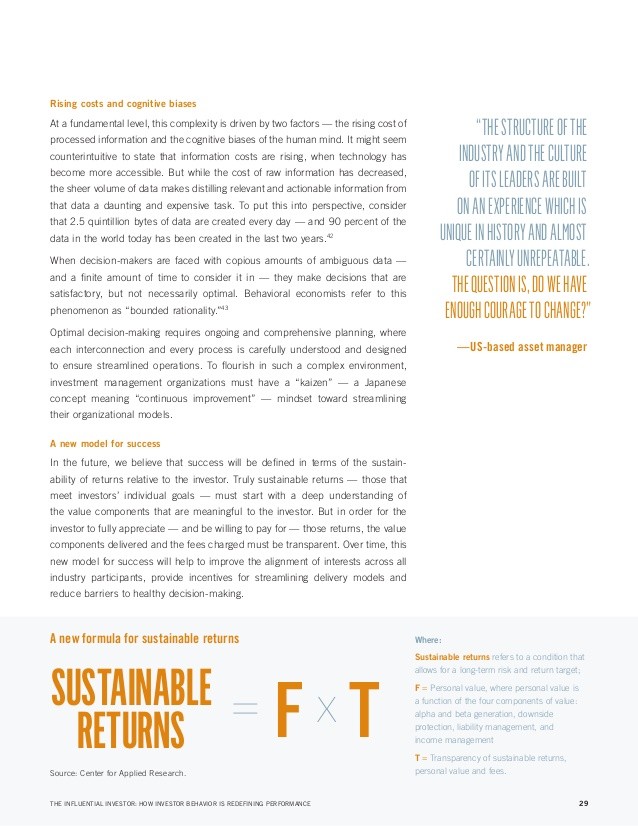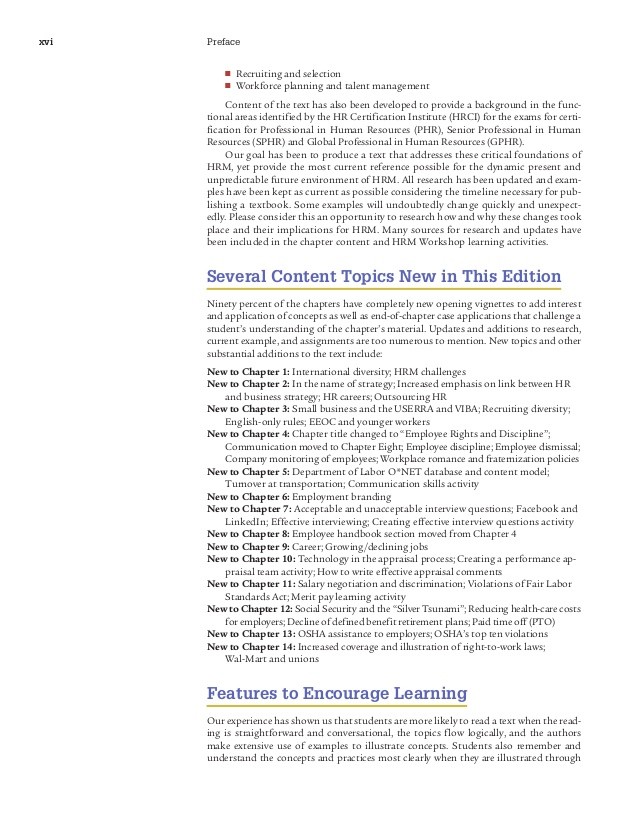Going Beyond the Fundamentals of Benchmarks and Getting it Right! Wealth Management Today
Post on: 17 Апрель, 2015 No Comment

This is a summary of a session from the FRA’s Performance & Risk Measurement Symposium that was held in Boston on April 23-24, 2009.
Speaking in this session was Ronald J Surz, President & CEO of PPCA, Inc. Ron is a pension consulting veteran, having started with A.G. Becker in the 1970’s. He earned an MBA in Finance at the University of Chicago and an MS in Applied Mathematics at the University of Illinois, and holds a CIMA (Certified Investment Management Analyst) designation.
The Surz Index
Ron began by describing how his Surz Index differs from the more well-known Russel & S&P indexes. While the other indexes divide up the equity markets into six segments (Large Cap, Mid Cap and Small Cap with Growth and Value styles for each) the Surz Style uses nine. This is accomplished by introducing a new equity style classification called “core” that falls in between Value and Growth. 2C115 /%
Personally, I find this usage to be confusing since “core” is already used in conjunction with so many other investing terms. According to Ron, core usually performs between value and growth, but about a third of the time it doesn’t.
Ron explained that the creation of the core style classification was partly based on a study done by James L. Farrell, Jr. the results of which were published in the article “Homogeneous Stock Groupings: Implications for Portfolio Management .” (Financial Analysts Journal, May-June 1975, pp. 50-62.) Farrell’s study was the first to demonstrate that the returns on stocks within a category were highly correlated and the returns between categories were relatively uncorrelated.
The Surz Index defines its style groupings using a formula for measuring “aggressiveness”, which combines a stock’s dividend yield, price-to-earnings ratio and price/book ratio. The top 40% (by count) of stocks in aggressiveness are designated as growth, while the bottom 40% are designated as value, with the 20% in the middle designated as core.2C137 /%
Ron then showed some charts that attempted to explain that the absence of a core style was the reason that returns for the S&P500 and Russell 1000 indexes do not line up (besides the fact that the latter includes 500 additional stocks). The chart on the right was taken from Ron’s white paper titled Getting All the Pieces of the Puzzle and illustrates how the returns on Value and Growth stocks are impacted by extracting core stocks into their own style category (data from Jan-Oct 2008).
Index Huggers
Managers with portfolio returns that closely mirror an index are referred to as “index huggers.” Since risk is commonly defined as tracking error, index huggers have an edge in manager searches that focus on reducing track error. These searches wind up screening out what Ron refers to as the liberated, non-index-hugging managers . It is these liberated managers that are missed because while they have strong return history, they also have high tracking errors versus major indices.
Using only investments with low tracking error limits the alpha that can be achieved. “Populating our asset allocations with index huggers makes for a mediocre but safe portfolio,” Ron claimed. In his opinion, risk should instead be defined in the aggregate as the failure to achieve objectives. This would change the focus from simply reducing tracking error to maximizing the talent of selected managers.
Advisors should create allocations according to talent rather than to style boxes, Ron argued. They should also be customizing the benchmarks rather than limiting their comparisons only to off-the-shelf indexes. The CFA Institute’s Benchmark Committee Report recommends the use of custom benchmarks over indexes and peer groups, since they provide a sense of how a manager differs from an off‐the‐shelf index to illustrate sources of performance differences.
Some may say that there is no benchmark for a particular manager, especially hedge fund managers. This is usually an indication that we don’t understand what this manager does. We shouldn’t invest in what we don’t understand, Ron cautioned. However, some investment firms are simply at their best when left unfettered from indexes. “This doesn’t take these firms off the benchmark hook; it customizes the hook,” he added.
For more details on index huggers, take a look at Ron’s article in the Investment News, “Don’t settle for the index hugger “.
Rules That Ought to Work Well for Constructing Style Indexes
As part of the development of the Surz Index, Ron said that he utilized research on style analysis from Dr. William Sharpe, who won the Nobel Prize in Economics in 1990 for his work on the capital asset pricing model. Ron made the case for using returns-based style analysis (RBSA), which was first introduced by Dr. Sharpe in his 1988 article entitled “Determining a Fund’s Effective Asset Mix”.

Dr. Sharpe developed a set of recommendations for style composition, which state that all selected asset classes should be:
- Mutually Exclusive — No stock should be in more than one style. Accordingly, multicollinearity is minimized.
- Exhaustive — All stocks are classified. Some index vendors throw out data, for example, stocks with negative earnings, or small companies. “You can’t find a good fit if the stocks you own have been eliminated,” Ron cautioned.
- Inclusive of Core — as defined above.
Ron noted that while the Surz and Morningstar index families both meet these criteria, neither Russell nor S&P do.
Of course, strictly quantitative methodologies cannot be used blindly by on-line advisors when offering advice. This was emphasized by Hal Ratner; Gerald W. Buetow in their article, “The Dangers in Using Returns Based Style Analysis in Asset Allocation ,” published in The Journal of Wealth Management . They argued that a fundamental analysis focused on qualitative as well as quantitative factors is a viable solution to the drawbacks associated with the strictly quantitative approaches.
Buetow and Ratner’s article claimed to demonstrate “… conclusively that the RBSA results do not represent the holdings of portfolios accurately.” They further said that, “…using RBSA approach without fundamental analysis results in gross miscalculation of assets.” A rebuttal was to this article was written by Bob Atkinson, Keith Averill and Steve Hardy from Zephyr Associates and is titled, “The Dangers in Misusing Returns Based Style Analysis “. (Zephyr Associates sells a products called Zephyr Style Advisor, which incorporates the Surz Style Index.)
Ron also mentioned that, “allocation is the key” and gave some additional tips when searching for managers:
- don’t limit your search by style corners, since it reduces the talent pool.
- allocate skill to maintain diversification (optimize)
- consider a Core & Satellite methodology by filling up on ETFs
Avoid the Folly of Common Practice. Just because everyone else uses the Russell indexes, doesn’t mean it’s the right thing to do, Ron warned. Remember the cigarette advertisement that said, “more doctors smoke camels”? This sounded like a not-so-subtle sales pitch for using the Surz Index, but then again, it does have a ring of truth to it. Whether or not the Ron’s index becomes as popular as Russell or Morningstar remains to be seen.2C300 /%
Proposed Changes to GIPS Standards














